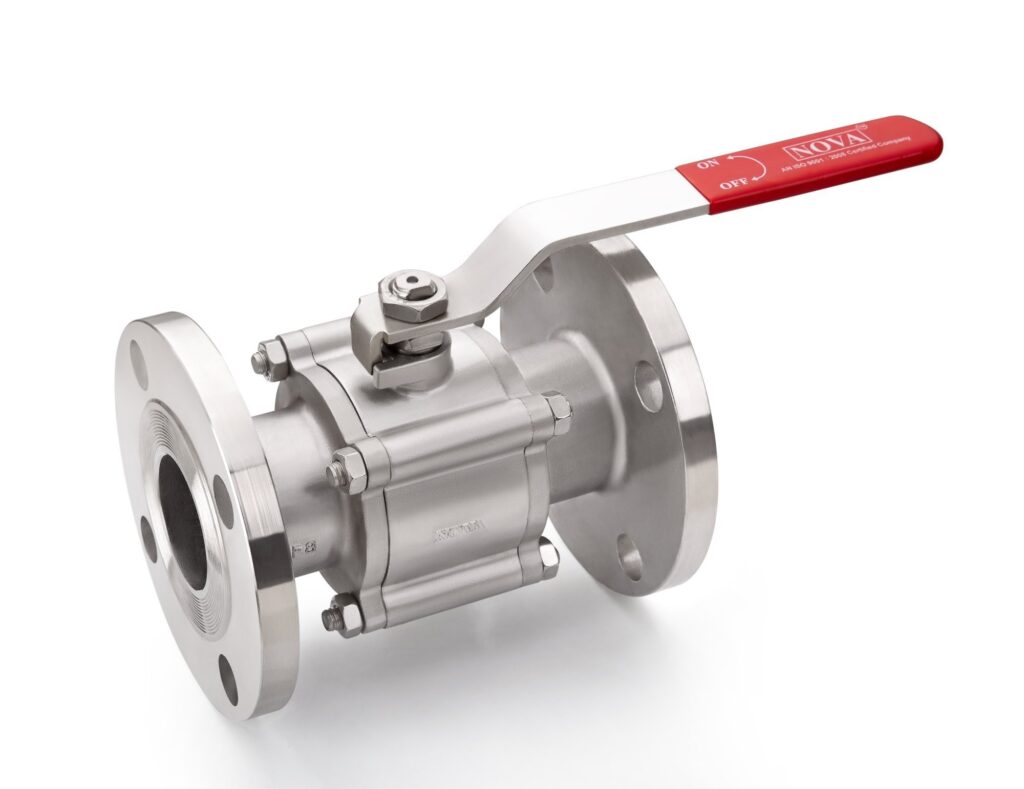Simplifying Complex Systems with Standard P&ID Symbols
Simplifying complex systems using standard Piping and Instrumentation Diagram P&ID symbols is a crucial practice in engineering, particularly within industries like chemical processing, oil and gas, and manufacturing. P&IDs serve as a detailed graphical representation of the layout and functionality of various process systems, including piping, valves, equipment, instrumentation, and control devices. These diagrams help engineers, operators, and maintenance personnel to understand the process flow and the interrelationship of components, which is vital for safe and efficient operation. The core benefit of using standardized P&ID symbols is to reduce the complexity inherent in designing and operating intricate systems. When a diagram follows internationally recognized symbols and conventions, it becomes easier to interpret. Each symbol represents a specific component or action, such as pumps, heat exchangers, flow meters, and control valves, eliminating the need for detailed textual explanations. Standardization ensures that the same symbols are understood by professionals across different countries and industries, facilitating clearer communication, especially in global projects where teams from various backgrounds work together.

For example, a symbol for a pressure transmitter will look the same whether in a design document in the United States or Europe, preventing misinterpretation and reducing the risk of costly errors. In complex systems, where hundreds or thousands of components are involved, these diagrams offer a high-level view that allows teams to quickly grasp the overall design. By using standard symbols, the designer can focus on the critical aspects of the system, such as flow paths, control loops, and safety systems, rather than trying to invent new symbols or struggle with inconsistencies. This standardization also speeds up the design and review process, making it more efficient and reducing the chance of overlooking important details. Moreover, P&IDs are invaluable for troubleshooting and maintenance. When operators encounter a problem in the system, they can quickly reference the P&ID to identify potential causes and solutions, as the standard symbols allow for easy identification of system components and their roles.
These diagrams are also essential when upgrading or modifying systems, as they provide a clear map of existing components, allowing engineers to understand the layout and interdependencies before making changes. For training purposes, P&ID diagrams using standard symbols are also a critical tool. New engineers and operators can familiarize themselves with these diagrams, quickly understanding the system’s layout and function without needing in-depth experience. Standardization simplifies learning and enhances the overall effectiveness of the workforce, ensuring that safety protocols are followed and that operational procedures are executed correctly. In conclusion, simplifying complex systems with standard p&id symbols is fundamental for ensuring clarity, efficiency, and safety in engineering projects. By adhering to industry standards, teams can produce diagrams that are universally understandable, reduce the risk of errors, and improve communication across different stages of a project. This practice not only enhances the design and operational phases of a system but also contributes to smoother maintenance, troubleshooting, and future upgrades, making P&IDs indispensable in managing sophisticated industrial systems.